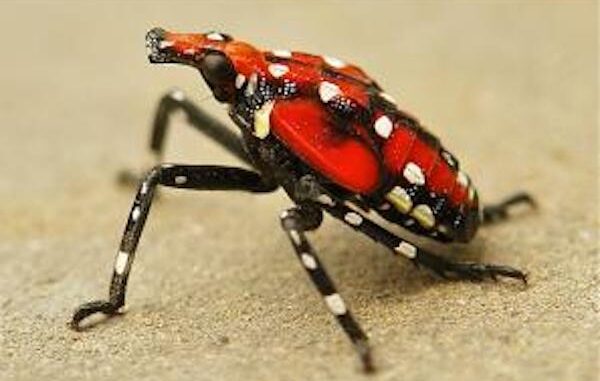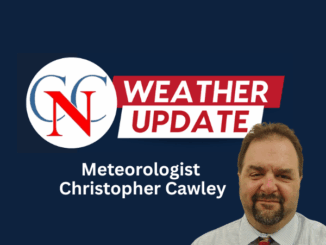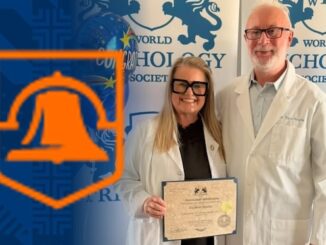
The state Department of Agriculture and Consumer Services has confirmed an established presence of the invasive spotted lanternfly (Lycorma delicatula) in Rockingham County.
Initial surveys indicate that the distribution of the pest is concentrated in Reidsville within a two-mile area. Survey efforts are ongoing.
Spotted lanternfly poses a serious threat to the state’s wine and grape industries and can feed and cause damage to over 100 species of plants including roses, maples and other landscape plants. They lack effective natural enemies in the U.S. and populations of this pest grow quickly, often becoming a nuisance, said Dr. Bill Foote, director of the NCDA Plant Industry Division.
“NCDA has ramped up surveillance in the Triad area since this pest was detected in in Kernersville in 2022,”Foote said. “Members of our Plant Industry team are moving quickly to assess and prevent the spread of this brightly colored pest, and we ask members of the public to be on the lookout for more spotted lanternfly and report any finds by through a form found at www.ncagr.gov/SLF.”
When spotted lanternfly populations were found in Forsyth and Guilford counties in 2022, NCDA directed teams to survey and treat for spotted lanternfly throughout the upper Piedmont to reduce the potential impact. This pest has been rapidly spreading since it was first identified in Pennsylvania in 2014. Rockingham County is the third North Carolina county to have an established population detected.
“Spotted lanternflies like to feed high in the treetops, but they are not good at telling the difference between a truck tire and a tree trunk,” said Amy Michael, Entomological Programs manager. “It is very likely this new population came from lanternflies hopping in with an unsuspecting commuter.”
Spotted lanternfly often hitchhikes to new areas on vehicles and equipment stored outdoors and can be moved any time of year.
“Taking a moment to check your clothing, shoes and vehicle for these insects and removing any you see goes a long way in preventing this pest from spreading any further,” Michael said.
Concentrated surveys are expected to continue year-round in Rockingham County to determine if the pest is in additional locations. Treatments for spotted lanternflies are conducted by licensed NCDA operators from April through October each year.
“Early detection and rapid response are critical in the control of spotted lanternfly and having residents stay on the lookout for this pest helps us spot these pests early,” Foote said.
If you see a suspect spotted lanternfly in North Carolina, please submit a picture through the online reporting tool at https://www.ncagr.gov/SLF.























